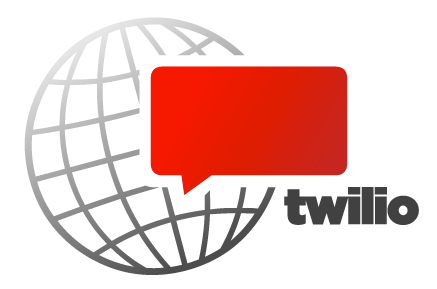Today comes another step in Twilio’s march to take over how web and mobile apps communicate to their users. The company is ramping up its SMS service, which now supports languages like Arabic, Chinese and Japanese; and interconnects with over 1,000 carriers in over 150 countries. These are both big expansions for Twilio, which previously had Latin-only support for just a few dozen carriers. The move puts Twilio into a stronger position in its strategy to focus on offering simple cloud-based voice and messaging APIs to developers, and for them in turn to incorporate them into their web, iOS and Android mobile apps as light, client-free features.
Twilio says that global SMS had been one of the “all-time most-requested features” from its developers. Creating it also fits in squarely with Twilio’s larger business model, which hinges on scale: Twilio typically charges low prices for its cloud-based APIs and then makes its returns by pushing a lot of volume through them. Twilio says that the new SMS service will now be able to reach “billions” of people.
The thinking behind Twilio’s SMS service — as it is with its voice service as well — is that it should be as easy to send text messages and make calls through apps as it is to send emails in email forms — that is, they should work like data services, and not require lots of individual carrier negotiations. “Simply because you are based in one country or another, you should still be able to easily contact your customers through your apps, no matter where they are,” says Patrick Malatack, product manager for Twilio.
For online companies with global operations and global ambitions — Twilio’s customers include the likes of eBay, Airbnb and Salesforce.com — the multi-character language support can potentially mean significantly enhanced customer relationships as well. The languages now include Chinese, Japanese, Russian and Arabic, tapping into some of the largest and most connected markets in the world — which also opens Twilio up to being used by a wider geographic range of developers.
When Twilio first launched its SMS services 2.5 years ago, Malatack says that the goal was always to send anywhere in the world, although it’s taken up to now to finally arrive there. Along the way, he says, were a lot of carrier negotiations and conversations with dozens of providers that facilitate interconnect on these services. Before now, SMS messages could only be sent to the U.S., Canada and the UK.
He says that while technically other services can also offer global messaging, “that is usually only a claim. In reality, it’s not true — they only work on interconnects as and when you need them as a client.”
Twilio’s role in the process, he says, is to approach SMS — a medium that sees billions of messages sent daily, and one where Twilio is already seeing tens of millions of messages sent — like a “big data problem.” “We collect all the information that is possible around how traffic is run, and then we look at signals to make sure each route is working the right way.”
Pricing for the service, he says, is “volume based” and therefore competitive — the country list can be found here — and he describes what Twilio does as “not competing with carriers,” but sending them traffic. They are doing this, of course, by taking a cut on the margin, but, again, the idea is that by enabling more SMS traffic through its APIs, Twilio will actually be helping grow overall SMS traffic.
It’s important to note, though, that while Twilio is now able to send messages to any country in the world, its APIs still do not support people from anywhere in the world sending messages back. That is still only supported in the UK, U.S. and Canada, says Malatack. This is because it would require local numbers — which has also been the issue for why Twilio has yet to roll out its voice services to every market beyond the 12 countries it currently supports. “We’re actively working on tackling that in the course of this year,” he says.
Further ahead, the company has other product plans to make use of the $33 million it’s received in funding so far: another much-requested feature, says Malatack, has been a developer dashboard to manage different Twilio-powered communications services from one screen.
And there is also the question of SDKs for other platforms like Windows Phone. Twilio told us in May that it was “particularly interested” in Microsoft’s mobile platform — which makes sense, given that the two announced a strategic partnership on Azure earlier this year.
